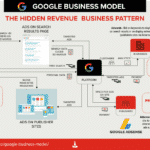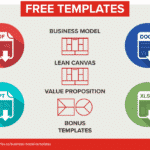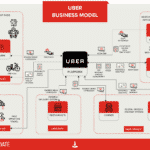Many B2B businesses are not tapping into the potential business-to-business-to-customer (B2B2C) opportunity.
The B2B2C business model is a powerful mechanism to fuel growth.
In this article, you’ll discover what is B2B2C and how to use this business model.
In a previous article, I examined B2B vs B2C markets and how they differ. Rather than repeat everything from that post I thought I would talk about why those differences matter in the B2B2C model.
The B2B2C Model
- Company B is the focus. In this view of the model, Company B wants to offer a service to its customers that would enhance its value proposition. But it doesn’t want to develop the internal capabilities to offer the service e.g. Casper using Affirm. Affirm acquires customers as if customers buy and want to spread the cost (use the financial services).
- Company A is the focus. In this view, Company A normally wants to develop brand awareness and acquire customers by using partners e.g. Opentable. Opentable acquires customers each time people sign up and book a reservation at a restaurant.
The critical and common element is that both Company A and Company B want the same customers.
Many companies want to identify what drives value to customers (B2C), but do not always charge the customers for it; often they charge other clients (B2B).
The B2B clients are willing to fund a venture to acquire or gain access to customers and show they are affiliated with value-adding services (B2B2C). Usually, this requires the formation of ecosystems, where rules and roles, and monetization as well as how players are connected, become an essential part of the business model design.
Inevitably, there are tensions between Company A and Company B.
Tensions can arise because of Company A being integrated into the value proposition for Company B. A further tension exists over the control of the customer and access to them.
As an example, in a typical channel partnerships arrangement – Producer > Wholesaler > Retailer, wholesalers are reluctant to share their database of retailers with the producer.
Size of B2B and B2C markets
- Global B2C eCommerce is expected to grow to $6.54 Trillion by 2022 – Statista.
- The global B2B eCommerce market valuing US$12.2 trillion in 2019 is over 6 times that of the B2C market. – Statista.
As you can see, B2B markets are globally much larger than B2C.
Risks and Costs of B2C
B2C startups face a big battle. Generally, the competition is fierce and the costs of advertising and getting brand awareness are high.
Lots of startups launch and fail in the B2C sector for lots of different reasons. But lack of cash is often related to underestimating the cost of marketing. Related to this are also no market need, outcompeted, pricing/cost issues and. of course poor marketing.
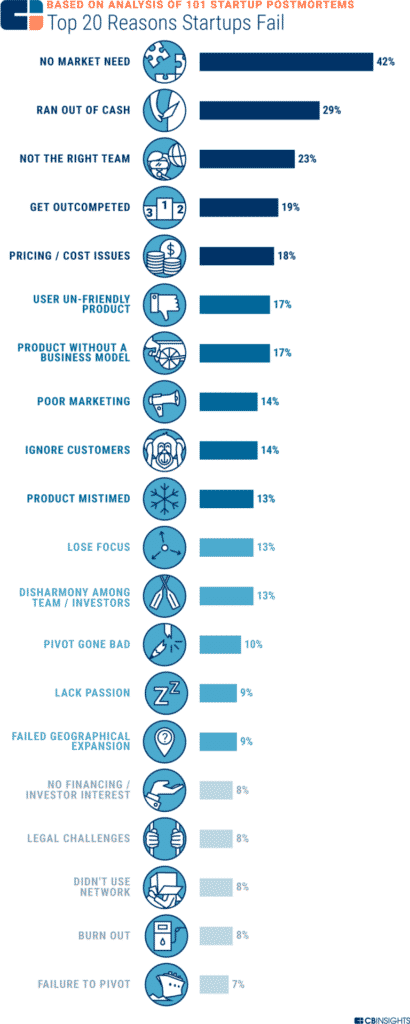
What makes partnering in this model so appealing is that company A harnesses the power of a company that already has conquered all those problems in the B2C space.
Sectors vs Business Model
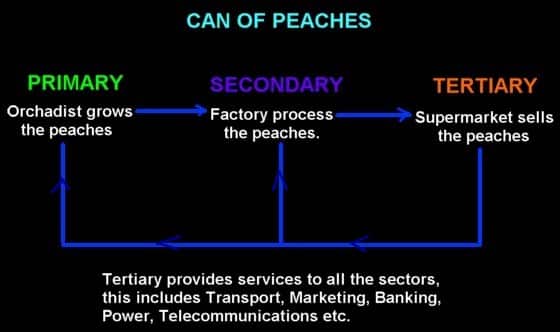
You could argue that nearly everything we buy follows this pattern. The primary sector deals with raw materials, secondary manufacturers goods and then these are distributed and sold.
The business-to-business-to-consumer model differs though because it is a hybrid model.
Company A, the first company sells to businesses but it also has an interest in customers being exposed to its brand.
B2B2C Examples
1. 23andMe
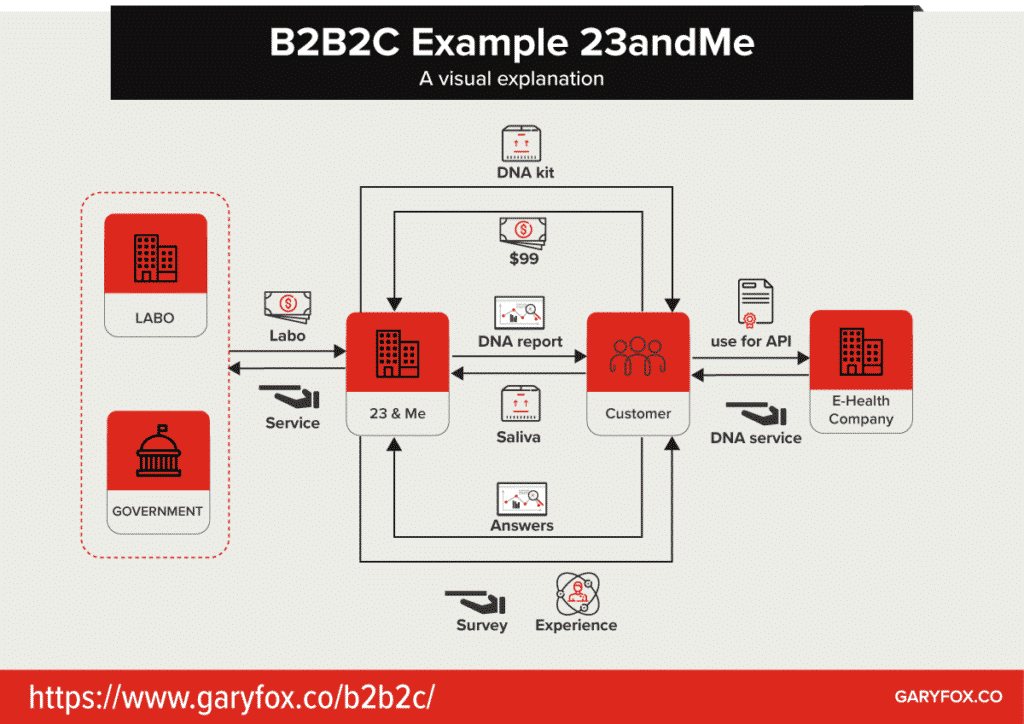
23andMe is a privately held personal genomics and biotechnology company that provides uninterpreted raw genetic data to gain insights into personal ancestry. The company is named for the 23 pairs of chromosomes in a normal human cell.
Interesting fact: Founded by Anne Wojcicki, the wife of Google co-founder Sergey Brin (the two are now separated).
23andMe has an API, to let developers build other apps and services on top of users’ genetic information.
2. Intel The Microprocessor We All Know – Not B2B2C
This is an example of a normal channel partnership with a clever twist by Intel. Essentially, Intel gains brand recognition but it doesn’t acquire customers from Dell. Hence this is not a B2B2C model.
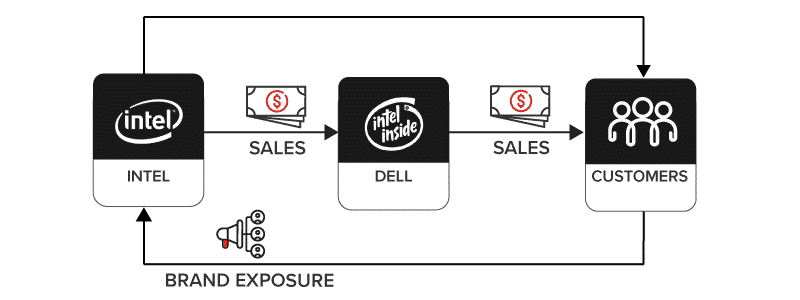
Intel develops brand awareness but doesnt acquire customer data

A good example is how Intel developed its brand.
The challenge Intel faced was that microprocessor chips are just part of the final product. It was a commodity product.
Most people don’t care about the microprocessor, only the final product – a laptop or a PC.
Although Intel was a dominant microprocessor brand in the 1980s it soon had competitors catching up with it. In 1991, Intel lost its trademark violation case against AMD who had a similar chip called AMD.
Intel realized that to remain as a leader in business, it needed to be a brand that customers recognized.
Through research, they identified a customer segment called “Achievers”. These “achievers” spent the majority of time in gaining knowledge about products, reviewing them and they were major decision-makers.
In 1991, Intel began its ingredient branding programme (Intel Inside).
3. Opentable

OpenTable provides online reservations and reviews tools to restaurants.
To give you an idea on the size and scale of Opentable:
- Since its inception it has seated more than 2 billion diners via online reservations, representing more than $91 billion spent at partner restaurants.
- on average 134 million diners are seated per month and roughly 1.6 billion diners per year.
OpenTable makes money by charging restaurants for using its service and it makes a charge for each booking.
Diners (the C in the B2B2C model), have to register on Opentable and hence it gets access to all the clients of major restaurant chains.
4. Microsoft Office
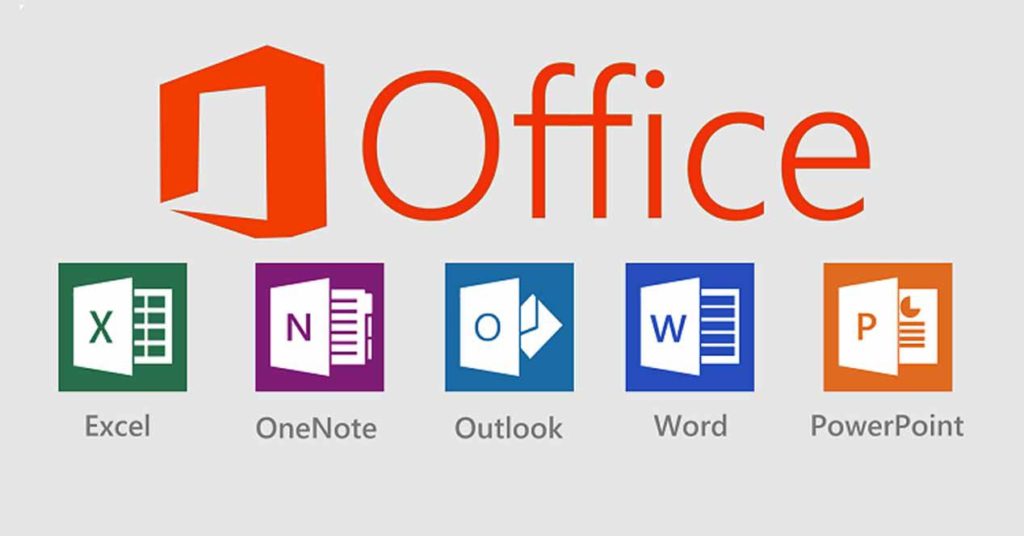
Microsoft Office is installed on original equipment manufacturers (OEM) products. As an example, Dell will offer Microsoft Office as part of the package when you buy a laptop.
Dell wants its customers to be able to use their computers straight away and so offering MS Office seems a good deal.
Microsoft not only gets its product and brand in front of customers but it also gets to acquire customers data e.g. emails. Added to this is that often MS Office is sold as a subscription and so Microsoft benefits further by the ongoing growth factor that subscriptions offer.
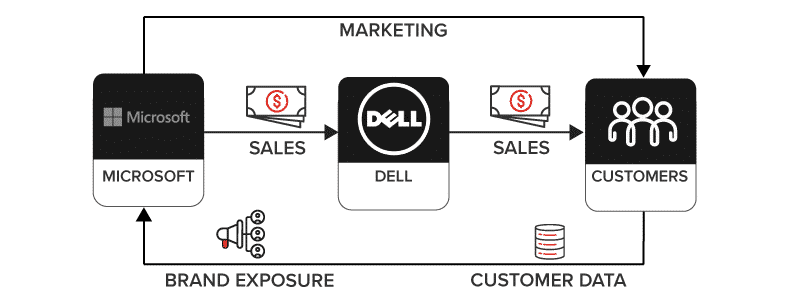
What Are The Rules for A B2B2C Model ?
What is a B2B2C Business Model Then?
1. It’s Not Channel Partnerships or Distribution
Channel partnerships” and reselling — where a business with an existing channel (route to customers) agrees to sell another company’s products — underpin all of business but are typically not B2B2C.
2. It’s Not Affiliate Marketing
Affiliate marketing is where an affiliate takes a commission based on a sale. However, affiliates don’t benefit from the final customer data. However, affiliates do not have close ties or arrangements with a Company B.
3. It’s Does Have Direct To Customer Relationship
The critical factor is that the brand + data is acquired by company A.
4. The Brand Remains visible
As with Opentable is that the brand is viewed and known by the end customers and the main Company A acquires customers.
How To Use the B2B2C business model?
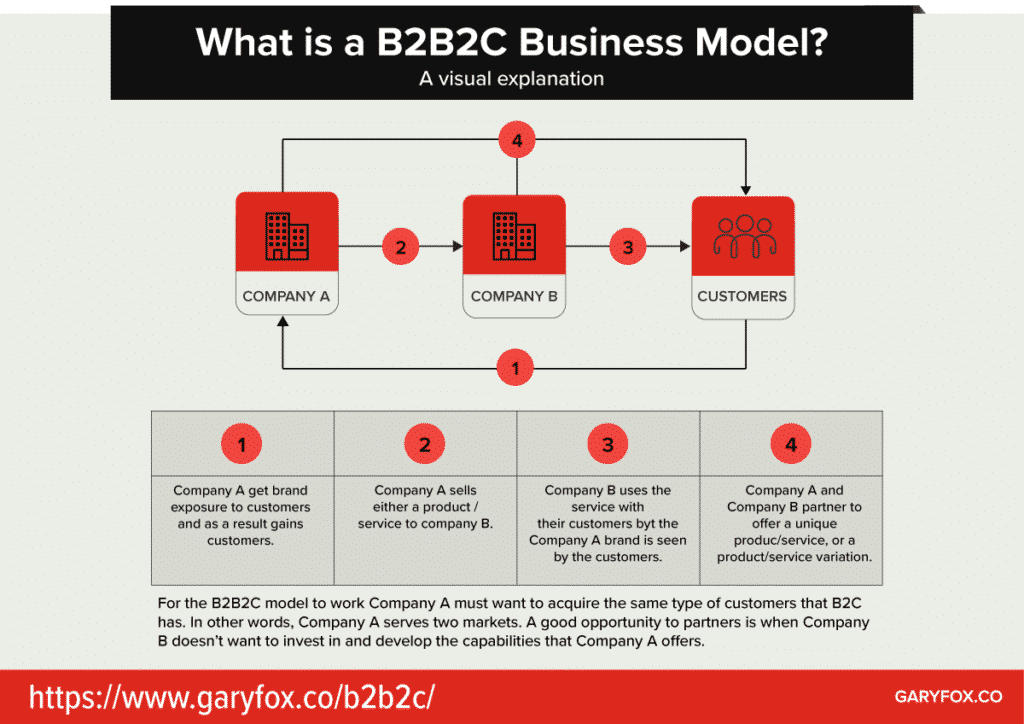
In developing this model there are several B2B2C challenges. First of all, if you are Company A and simply say to Company B you are after their customers then its highly unlikely you will not get any partnership.
B2B2C is easiest to sell when Company A does NOT want to be in the business you are offering, because they do not want to invest in the resources needed to deliver Company B’s offer (capabilities) e.g. customer support/operations.
Making A B2B2C partnership work
Define how the partnership works and how each party benefits is critical. Understanding how you can add value and partner by enhancing an offer is immediately going to get attention.
In the case of Opentable, not restaurant had as core capabilities the technical capabilities and resources to develop, and continually improve, a reservation booking system.
B2B2C channels are generally built on proprietary intellectual property. Opentable has its own reservation system and Microsoft its office suite of software. A benefit of partnering and subsequently gaining customers is the network effects, particularly when aligned with a subscription business model.
Delivering the partnership is equally important to forming it. If the implementation is poor both companies suffer.
- Company A To Company B. If company B delivers a bad customer experience Company A can suffer and vice versa. For the model to work both companies need to both deliver a consistent experience.
- Company B to End Customer. Company A cannot influence how Company B delivers the customer experience in the interactions. However, tracking this and performing audits is easy to do.
- Company A to End Customer. These interactions provide the company with the best opportunities to grow its business. Therefore deliver an outstanding customer experience to the end customer is crucial.
- Company A and Company B to End Customer. These are times when a company and a channel partner engage the end customer as one unit. In these instances, both partners need to share a common vision of how the service and revenue model work. Equally important is how they model the customer experience from end to end.
Start a B2B2C business starts with just a few key partners to test it and learn what works. Learn together and respect the boundaries you agree within the relationship. Ultimately, it can be highly beneficial to both businesses.
